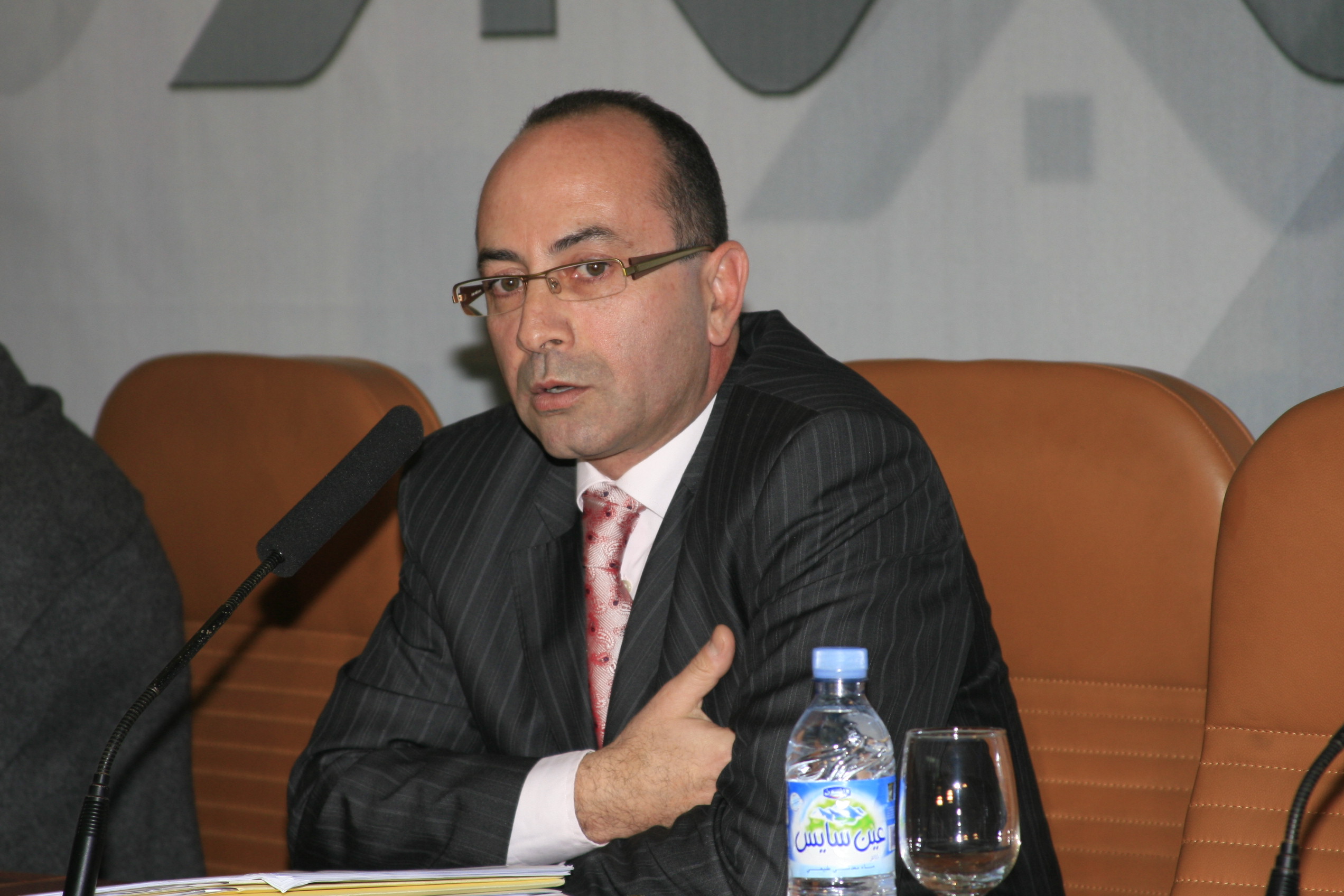
‘Spending more effectively’ to improve the Budget’s impact on the economy
The major budgetary reform undertaken by the central government in 2015 wasn’t simply a matter of cutting back on expenditure or streamlining revenue as a means of sustainability. Rather, it was